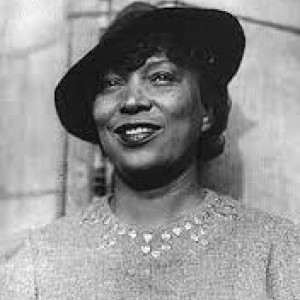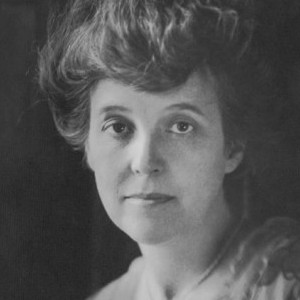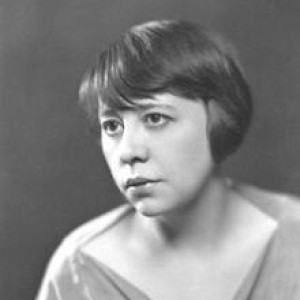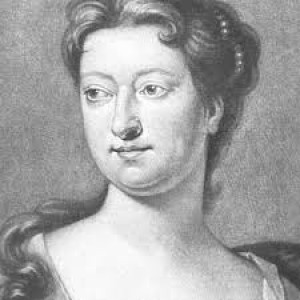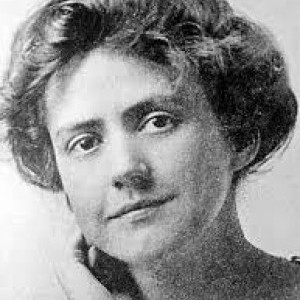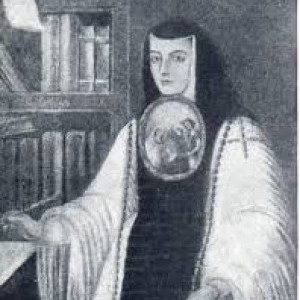Convent of Pleasure
About the Play
1668
1995, at the University College of Ripon and York St. John, staged by Gweno Williams. This is the first known production of The Convent of Pleasure[1], which was never produced in Cavendish’s lifetime, and has been taught and read, largely, as a closet drama.[2]
[1] Kellett, Katherine R. "Performance, Performativity, and Identity in Margaret Cavendish’s The Convent of Pleasure." SEL Studies in English Literature 1500-1900 48, no. 2 (2008): 419-42. doi:10.1353/sel.0.0002., 437
[2] Newcastle, Margaret Cavendish. The Convent of Pleasure and Other Plays. Edited by Anne Shaver. Baltimore: Johns Hopkins University Press, 1999., 10
24 women; 11 men; some additional characters not listed in original dramatis personae
Comedy,
Five acts
- The Convent of Pleasure has recently been published by Saltar’s Point Press. It was edited by Sharon L. Jansen. Capitalization, spelling, and punctuation have been modernized in this version. The play is available for sale on Amazon.com.
- A digitized copy of Plays, Never before Printed is available at the Rare Book and Manuscript Library, University of Illinois at Urbana-Champaign, the link being: http://hdl.handle.net/10111/UIUCRB:5544586
Summary
- After the death of Lord Fortunate, Lady Happy—being his only heir—inherits her father’s wealth and decides to forsake marriage, invite twenty ladies to her estate, and create a cloistered community called the Convent of Pleasure where the presence of men is banned. The gentlemen intent on wooing Lady Happy lament at the loss of Lord Fortunate’s wealth and a woman who is “extremely handsome, young, rich, and virtuous,”[1] but the only virtue they see in Lady Happy is her wealth. They plot to infiltrate the convent, but achieve little success. Meanwhile, a princess has joined the convent. The princess and Lady Happy quickly fall in love, and the ladies of the convent perform a play about the perils of marriage. At the end of the play-within-a-play, it is revealed that the princess was, all along, a prince, and he and Lady Happy marry.
4 Cavendish, Margaret. The Convent of Pleasure. Edited by Sharon L. Jansen. Saltar's Point Press, 2016., 112
Background
The Convent of Pleasure was published in 1668 in Cavendish’s second folio collection, Plays, Never before Printed. It the last complete play in that collection and is connected thematically to the play that precedes it, The Bridals. Not only do both plays examine the institution of marriage, they also share characters (Lady Amourous, Lady Virtue, Monsieur Take-Pleasure, Monsieur Adviser, and Monsieur Facil). Additionally, The Convent of Pleasure is connected to two plays in the first folio collection, published in 1662—The Bell in Campo and The Female Academy. Both plays tell stories of female protagonists stepping outside of second-class and private citizenship status in a threatening manner, whether that’s leading an army of female heroes or self-education, to patriarchal society.[1]
Cavendish’s decision to publish, rather than “perish” in a sense, comes from a variety of reasons, her main concern being that her plays were too long to be staged. However, Cavendish also knew that publishing would effectively ruin her plays’ chances of being produced on stage, “since a society that values novelty will not go to see a play it has already read.”[2] Her plays were also ridiculed for being to “coarse,” “silly,” and “immodest”[3] and for blending, or outright ignoring, neoclassical strictures in drama such as time, place, and decorum.[4]
The first production of The Convent of Pleasure was staged by Gweno Williams in 1995 at the University College of Ripon and York St. John as a reassessment of the play as a performance text.[5]
[1] Cavendish, Margaret. The Convent of Pleasure. Edited by Sharon L. Jansen. Saltar's Point Press, 2016., 70
[2] Newcastle, Margaret Cavendish. The Convent of Pleasure and Other Plays. Edited by Anne Shaver. Baltimore: Johns Hopkins University Press, 1999., 9
[3] Ibid., 8
[4] Ibid., 10
[5] Kellett, Katherine R. "Performance, Performativity, and Identity in Margaret Cavendish’s The Convent of Pleasure." SEL Studies in English Literature 1500-1900 48, no. 2 (2008): 419-42. doi:10.1353/sel.0.0002., 434
About the Playwright
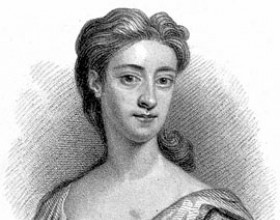
Margaret Lucas Cavendish, Duchess of Newcastle (1623-1673) With more than twenty published works to her name, Margaret Cavendish, Duchess of Newcastle, is considered to be one of the most prolific female playwrights in Restoration England. Her publications range from poetry to essays about philosophy and science to novels. Cavendish’s most popular publications are her biography of her husband The Life of William Cavendish (1667) and The Blazing World (1668), which is often credited as one of th…
View Profile
One Play at a Time Participating Universities
University at Buffalo, SUNY



